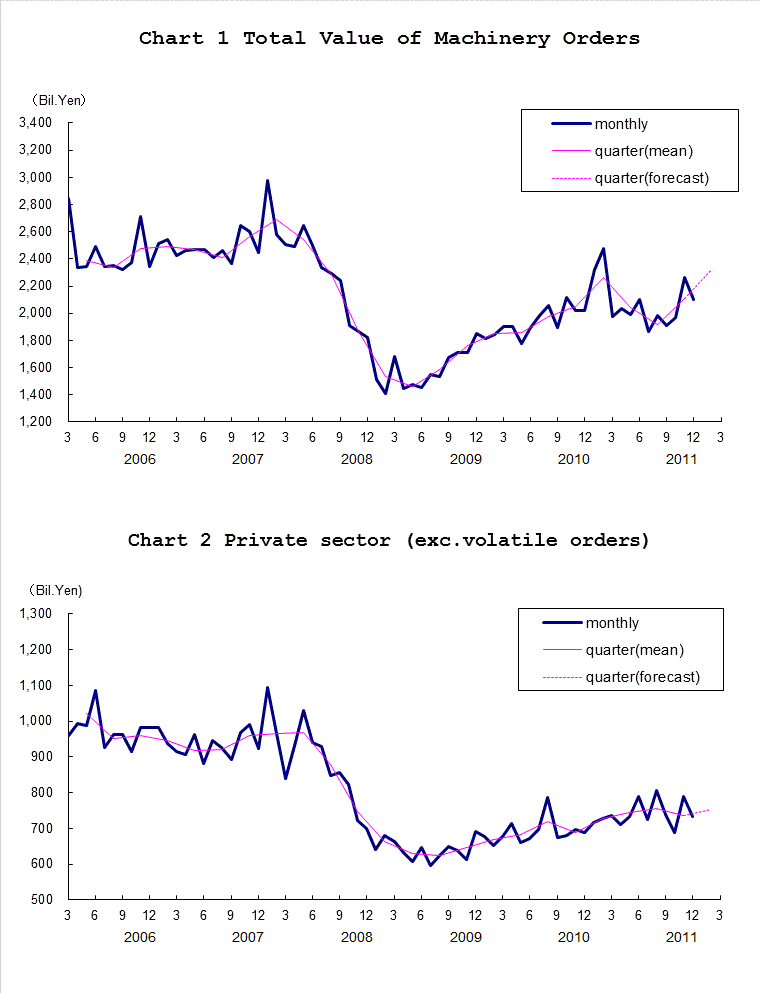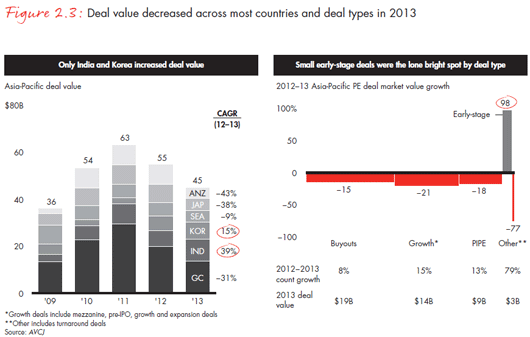Valuing Private Companies in a Volatile Economy
Post on: 16 Март, 2015 No Comment

Valuing a private business in normal times is often a challenging task, as there is no shortage of external factors that can influence business value. However, as anyone who follows the stock market on a daily basis can attest, the concept of “value” is even more difficult to pinpoint in today’s environment. While this country has been through recessions before, there are several characteristics of the current recession that make our jobs as business appraisers particularly difficult now.
We often tell clients that valuing a business is more art than science. In today’s economy, the artistic portion of the process has become even more pronounced.
Modeling Future Cash Flows
The value of any investment, including an investment in a privately held company, is based on the future economic benefits that are expected to be realized by the investor. What makes the process of valuing a company today so difficult is that the recent past may not be a reliable indicator of the company’s future performance. The current recession has made things difficult not only because many economists consider it to be one of the deepest since the Great Depression, but also because of the speed in which it came upon us.
Although the National Bureau of Economic Research (which officially declares when a recession begins and ends) has retroactively set December 2007 as the beginning date of this recession, as recently as the summer of 2008 relatively few economists were willing to state that we were in the midst of a recession. Just a few months later, the phrases “credit crisis,” “financial meltdown” and “bailout” were part of everyone’s vocabulary, and there was no doubt that the economy was in a severe trough. As bleak news worsened with each passing day, for many businesses it seemed that every individual and business stopped spending at once.
Now, as we approach the fall of 2009, it is still unclear whether we are at or near the bottom of the recessionary cycle. And as valuation professionals set out to value almost any company, estimating profits in the near term is a difficult chore. The economy leading up to the recent meltdown is now viewed by many as a “bubble” economy propelled by unrealistic and unsustainable activities in home lending and buying.
Therefore, as we look at any company’s recent history of revenues and profits, we have to ask, “What are ‘normal’ levels?” Results in the latter half of 2008 and the first part of 2009 are probably not representative, as this economy is considered to be at exceptional depths. But even if we look at 2004 through 2007, are these results more indicative of future results given that we now know that the economy was propped up by easy money? For many companies, especially those involved in construction or with revenues based on consumer discretionary spending, those years were years of significant growth. However, for some companies, recent levels of profits may not return anytime soon. Is going back to 2003 and before (years prior to the bubble) appropriate to assess expected future results? For many industries, a lot has changed in the last five or six years. These are the types of questions that we are dealing with on a regular basis as we value businesses.
Expected Returns on Investment
Projecting cash flows for a business is only part of the equation when valuing a business. Another variable that must be quantified is the rate of return that investors require on an investment (e.g. the discount rate).
Here, too, the suddenness and depth of the recession has played havoc. For a private company, business appraisers often look to both current yields on government bonds and historical rates of return on stock investments as a starting point for estimating a required rate of return. However, with the “flight to quality” by investors, yields on government bonds for most of 2009 are extraordinarily low.
Additionally, the stock market’s nosedive that began in fall 2008 has possibly skewed historical returns on equity investments, at least in the short term. In fact, a contingent of appraisers in the valuation community has been claiming, until recently, that historical returns observed in the equity markets have overstated the risk associated with equity investments looking forward. When equity prices declined dramatically, and even during the rebound that began in early spring 2009, it is unknown whether this claim will still be made going forward.
What to Do?
So far, this article has raised many questions but few answers. As with any valuation engagement, the specific facts and circumstances surrounding a subject company and its industry will largely dictate how these questions are answered.
What is known is that the current environment emphasizes even more the need for the business appraiser to work closely with management and truly understand the subject company. In many cases, the appraiser may need to work with management to develop cash flow forecasts, since recent results may be less relevant in providing guidance.
The appraiser may need to look closely at the industry and understand how deeply it is being impacted by the current economy. Industry-specific metrics that are followed and predicted by a stable of investment analysts may need to be looked at more closely by the appraiser. Examples of these metrics might include the number of housing permits issued in the local area, the number of units or volume sold in the industry, occupancy rates, or the number of subscribers. The appraiser may even consider using regression analysis to correlate historical revenues of the subject company to these industry metrics, and using this analysis – along with the most recent industry forecasts – as a basis for assisting management with its projections.
Conclusions

Uncertainty is the pervading theme in the world of finance today. The IRS recently issued guidance to its Small Business/Self-Employed Division with respect to the current uncertainties regarding real property appraisals and evaluating offers by taxpayers for compromise. The memo states in part:
“All [IRS] employees should be sensitive to the current economic conditions that may be affecting taxpayers when investigating the acceptability of an offer. Employees should continue to utilize all available resources to arrive at the most accurate property valuation possible, including a discussion with the taxpayer or their representative, or both, on the methods used to value the taxpayer’s property.”
This guidance wasn’t directly aimed at business valuation, but the IRS acknowledges the difficulties created by current economic conditions in determining value.
(Note: While those difficulties complicate the work of business appraisers and cloud the decisions of business owners, they offer a silver lining for some business owners and high net worth individuals. Dramatic declines in the values of real estate, marketable securities and closely held companies offer unique opportunities to reduce one’s taxable estate by gifting assets that are temporarily – we all hope – depressed in value.)
Practicality and logic
In the end, whatever approaches or methodologies are utilized, practicality and logic must still prevail.
While business valuation will always be more art than science, the current environment of uncertainty is not an excuse for the business appraiser to abandon all common sense just so that he or she can paint the picture the client desires. ■
The opinions expressed in this article are those of the author and do not necessarily reflect the views and opinions of Kotzin Valuation Partners.














